Large Tomato Plant Harvest: Secrets to a Bountiful Crop
I’ve always loved the taste of homegrown tomatoes, that juicy burst of sunshine straight from the vine. But achieving a truly large tomato plant harvest isn’t just about luck; it’s about knowing the right tricks and techniques. This article is your guide to unlocking the secrets of a bumper crop, transforming your garden from a modest producer to a tomato paradise. For generations, families have passed down their gardening wisdom, sharing tips and tricks to maximize yields. From my own experience, and the collective knowledge I’ve gathered, I’m excited to share these proven methods with you.
The satisfaction of harvesting a mountain of ripe, red tomatoes is unparalleled. Imagine the delicious possibilities: sun-ripened salads, rich sauces, and jars brimming with homemade ketchup – all from your own backyard! But let’s be honest, sometimes our tomato plants just don’t deliver the abundance we crave. That’s where this guide comes in. We’ll explore everything from choosing the right variety and preparing the soil to mastering watering techniques and dealing with common pests. By following these simple, yet effective, large tomato plant harvest strategies, you’ll be amazed at the difference.
Why This Matters
This isn’t just about quantity; it’s about quality too. A healthy plant produces the most flavorful, nutrient-rich tomatoes. Learning these DIY techniques will not only increase your yield but also empower you to take control of your food source, ensuring you have access to delicious, pesticide-free tomatoes all season long. So, let’s get started on your journey to a truly spectacular harvest!
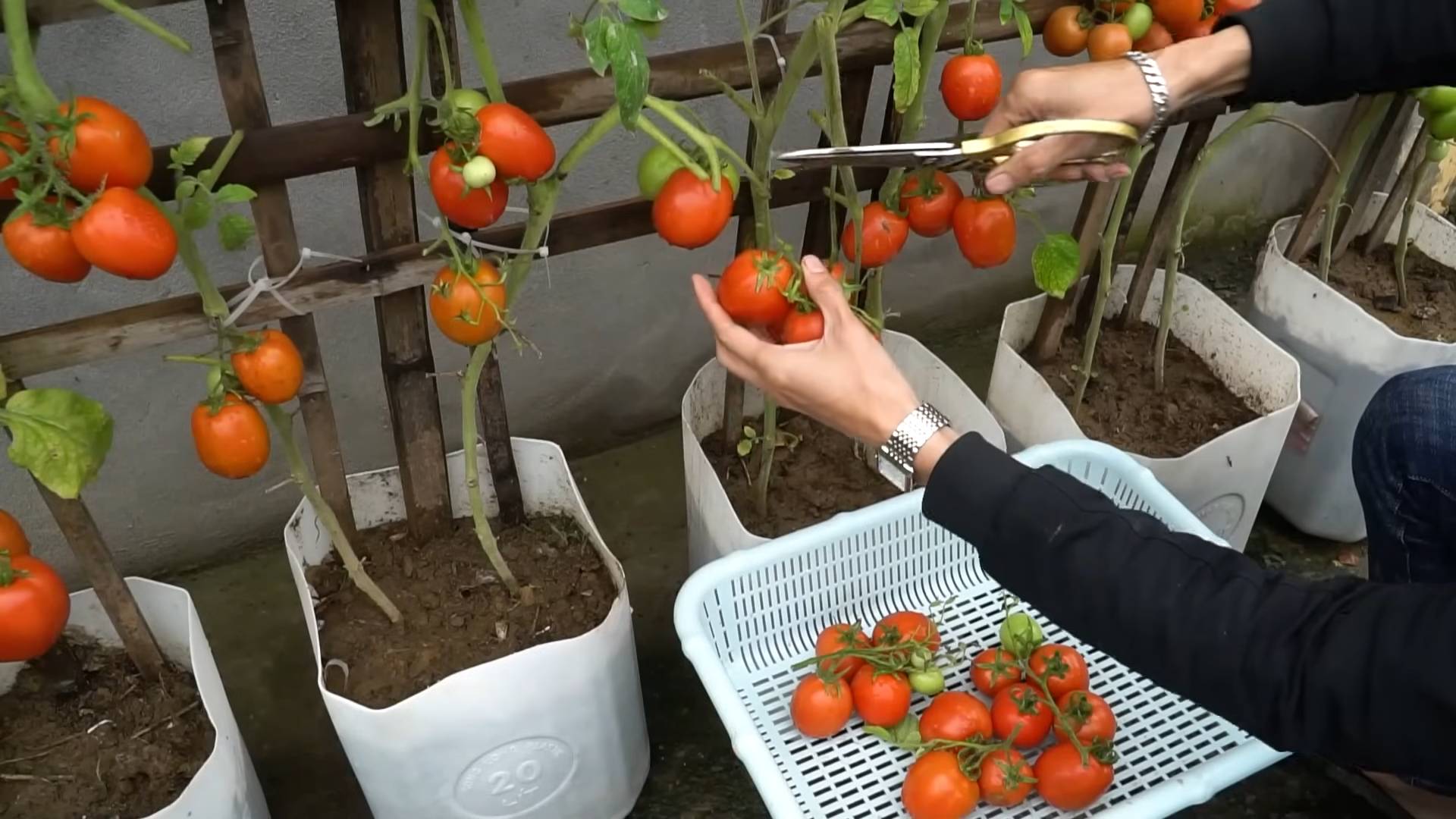
Maximize Your Tomato Harvest: A DIY Guide
So, you’ve got a bumper crop of tomatoes on your hands! That’s fantastic. But now what? This guide will walk you through everything you need to know to harvest, preserve, and enjoy your amazing tomato bounty. Let’s get started!
Phase 1: Harvesting Your Tomatoes
- Timing is Key: Don’t rush the process. Harvest your tomatoes at their peak ripeness for the best flavor and texture. This usually means waiting until they’re fully colored and slightly soft to the touch. For some varieties, like cherry tomatoes, you might harvest them a little earlier, while others, like heirloom tomatoes, need to be fully ripe on the vine.
- Gentle Handling: Always handle your tomatoes gently to avoid bruising. Use your hands or pruning shears to carefully remove them from the vine. Twisting gently at the stem is usually the best method. Avoid pulling or yanking.
- Check Regularly: Make it a habit to check your plants daily, especially during peak season. You’ll be surprised how quickly tomatoes can ripen, and you don’t want to miss the perfect moment.
- Consider the Weather: If a storm is approaching, it’s a good idea to harvest any nearly ripe tomatoes to prevent them from getting damaged by wind or rain. Better to bring them inside to ripen than to lose them to the elements.
- Sorting Your Harvest: Once you’ve harvested your tomatoes, sort them into categories based on their ripeness and intended use. You might have some for immediate consumption, some for canning, and some for making sauces or drying.
Phase 2: Preparing Tomatoes for Preservation
Now that you’ve harvested your tomatoes, it’s time to get them ready for preserving. This is crucial to enjoying your hard work throughout the year.
- Washing: Gently wash your tomatoes under cool running water. Use a soft brush to remove any dirt or debris. Avoid scrubbing too hard, as this can damage the delicate skin.
- Inspecting: Carefully inspect each tomato for any blemishes, cuts, or signs of rot. Discard any tomatoes that are damaged or show signs of spoilage. Even a small blemish can lead to rapid deterioration.
- Blanching (Optional): For canning or freezing, blanching your tomatoes can help to loosen the skins and make them easier to peel. To blanch, bring a pot of water to a boil, then carefully add your tomatoes for about 30-60 seconds. Immediately transfer them to an ice bath to stop the cooking process. This step is particularly helpful for larger tomatoes.
- Peeling (Optional): After blanching, the skins of your tomatoes should peel off easily. Simply use your fingers or a small knife to remove the skins. This step is not necessary for all preservation methods, but it can improve the texture and appearance of your final product.
- Seeding (Optional): For sauces or purees, removing the seeds can improve the consistency. You can do this by cutting the tomatoes in half and scooping out the seeds with a spoon.
Phase 3: Preserving Your Tomato Harvest
There are several ways to preserve your tomato harvest, each with its own advantages and disadvantages. Here are a few popular methods:
Canning Tomatoes
- Sterilize Jars and Lids: Clean your jars and lids thoroughly and sterilize them in boiling water for at least 10 minutes. This is crucial for preventing spoilage.
- Prepare the Tomatoes: Prepare your tomatoes according to your chosen recipe. This might involve chopping, peeling, or seeding them.
- Fill the Jars: Carefully fill the sterilized jars with your prepared tomatoes, leaving about ½ inch of headspace at the top.
- Add Liquid (if necessary): Some canning recipes require adding a liquid, such as tomato juice or water, to the jars.
- Remove Air Bubbles: Use a non-metallic utensil to remove any air bubbles from the jars.
- Wipe the Rims: Wipe the rims of the jars clean with a damp cloth.
- Seal the Jars: Place the lids and rings on the jars and tighten them fingertip tight.
- Process in a Canner: Process the jars in a boiling water bath canner according to your recipe’s instructions. This ensures that the tomatoes are properly sealed and sterilized.
- Cool and Check Seals: Allow the jars to cool completely. Check the seals to make sure they are airtight. Any jars that don’t seal properly should be refrigerated and consumed within a few days.
Freezing Tomatoes
- Prepare the Tomatoes: Wash, peel, and chop your tomatoes as desired. You can freeze whole tomatoes, halves, or chopped pieces.
- Blanch (Optional): Blanching before freezing can help to maintain the color and texture of your tomatoes.
- Freeze in Containers or Bags: Place your prepared tomatoes in freezer-safe containers or bags, leaving some headspace for expansion.
- Label and Date: Label your containers or bags with the contents and date to keep track of your frozen tomatoes.
Drying Tomatoes
- Slice the Tomatoes: Slice your tomatoes about ¼ inch thick.
- Salt the Tomatoes (Optional): Sprinkle the tomato slices with salt to help draw out moisture.
- Dry the Tomatoes: You can dry your tomatoes using a food dehydrator, oven, or by sun-drying them. Follow the instructions for your chosen method carefully.
- Store the Dried Tomatoes: Store your dried tomatoes in an airtight container in a cool, dark, and dry place.
Remember to always follow safe food preservation practices. Improper canning or freezing can lead to spoilage and foodborne illness. If you’re unsure about any step, consult a reliable canning or food preservation guide.
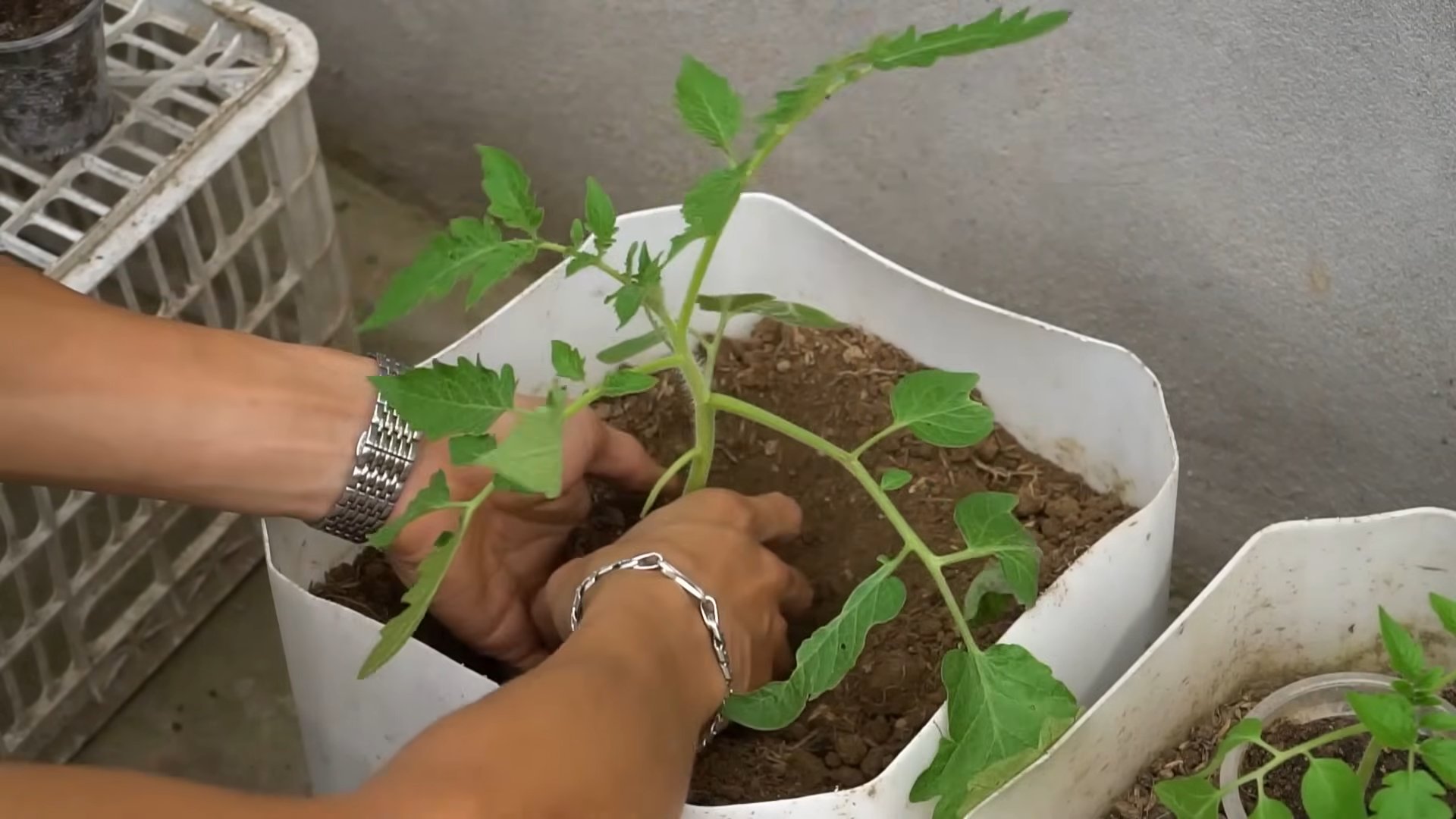
Conclusion
This DIY guide for maximizing your large tomato plant harvest is a must-try for any home gardener, regardless of experience level. By following these simple yet effective techniques, you’ll be amazed at the abundance of juicy, ripe tomatoes you can grow. This isn’t just about increasing your yield; it’s about transforming your gardening experience from frustrating to fulfilling. The satisfaction of nurturing your plants to produce such a bountiful harvest is unparalleled. You’ll not only enjoy the delicious fruits of your labor but also gain a deeper appreciation for the natural world and the magic of growing your own food. The investment of time and effort is minimal compared to the rewards you’ll reap – both literally and figuratively. This method empowers you to take control of your food source, ensuring high-quality, fresh tomatoes throughout the season. Don’t let another season pass by with a disappointing tomato harvest. Embrace this DIY approach and unlock the full potential of your large tomato plants.
Beyond the core techniques outlined, there are numerous ways to personalize this method and adapt it to your specific needs and environment. Experiment with different types of tomato cages or supports to find what works best for your plants and space. Consider companion planting, incorporating herbs like basil or marigolds to deter pests and improve soil health. If you have limited space, explore vertical gardening techniques to maximize your yield within a smaller footprint. For those with particularly large plants, consider pruning techniques to encourage better air circulation and prevent disease. Remember, the key is observation and adaptation. Pay close attention to your plants’ needs and adjust your approach accordingly. The beauty of gardening lies in its flexibility and the opportunity for continuous learning and improvement. Don’t be afraid to experiment and find what works best for you and your unique gardening environment.
We strongly encourage you to try this DIY approach to maximizing your large tomato plant harvest and share your experiences with us! Post pictures of your bountiful harvest on social media using the hashtag #LargeTomatoHarvestDIY. We’d love to see your success stories and learn from your experiences. Your feedback will help us continue to improve this guide and inspire other gardeners to achieve their own abundant harvests. Join our growing community of home gardeners who are transforming their gardens and enjoying the delicious rewards of their efforts. Let’s celebrate the joy of gardening together! Remember, the journey is just as rewarding as the destination, so enjoy the process of nurturing your plants and watching them thrive. Your dedication will be rewarded with a harvest that will exceed your expectations.
Frequently Asked Questions
What if my tomato plants are already quite large and producing some tomatoes?
Don’t worry! You can still implement these techniques, even if your plants are already producing. Focus on providing adequate support for the existing fruit and ensuring proper watering and fertilization. The techniques outlined will help to improve the overall health of your plants and encourage further fruit production. You might see a noticeable improvement in the size and quality of your tomatoes.
How often should I water my tomato plants?
The frequency of watering depends on several factors, including your climate, soil type, and the size of your plants. As a general rule, water deeply but less frequently, allowing the soil to dry slightly between waterings. Avoid overwatering, which can lead to root rot. Check the soil moisture regularly by sticking your finger a few inches into the soil. If it feels dry, it’s time to water.
What type of fertilizer should I use?
Tomato plants benefit from a balanced fertilizer that is rich in potassium. Look for a fertilizer with a NPK ratio that is higher in potassium (the third number). Follow the instructions on the fertilizer packaging carefully, and avoid over-fertilizing, which can damage your plants. Consider using organic fertilizers for a more sustainable approach.
What are some common problems I might encounter, and how can I address them?
Common problems include blossom end rot (caused by inconsistent watering), pest infestations (such as aphids or tomato hornworms), and fungal diseases (such as blight). Regularly inspect your plants for signs of these problems. Address pest infestations promptly using appropriate methods, such as handpicking or insecticidal soap. For fungal diseases, ensure good air circulation and consider using a fungicide if necessary. Prevention is key, so ensure proper spacing, watering, and fertilization to minimize the risk of these problems.
Can I use this method with different types of tomatoes?
Absolutely! This method is applicable to a wide variety of tomato plants, including determinate and indeterminate varieties. However, keep in mind that different tomato varieties may have different growth habits and may require slight adjustments to the support system or pruning techniques. Always refer to the specific needs of your chosen tomato variety.
What if I don’t have a lot of space?
Even if you have limited space, you can still maximize your tomato harvest. Consider vertical gardening techniques, such as using trellises or hanging baskets. Choose compact tomato varieties that are suitable for container gardening. With careful planning and efficient space utilization, you can still enjoy a bountiful harvest even in a small garden or on a balcony.
My tomatoes are small and not ripening properly. What could be wrong?
Several factors can contribute to small, poorly ripening tomatoes. Insufficient sunlight, inadequate watering, nutrient deficiencies, or pest infestations can all affect fruit development. Ensure your plants receive at least six hours of sunlight per day. Check for signs of pests or diseases and address them promptly. Consider supplementing with fertilizer if necessary, focusing on potassium for improved fruit development.

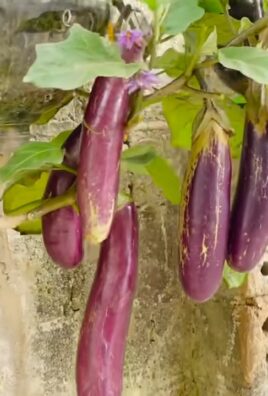
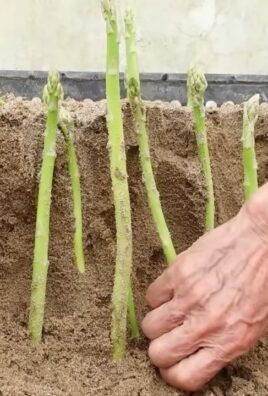
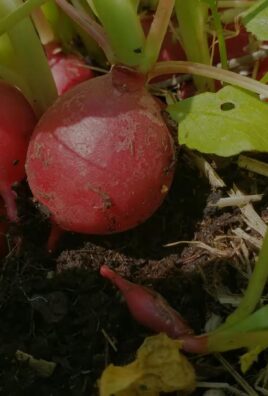
Leave a Comment